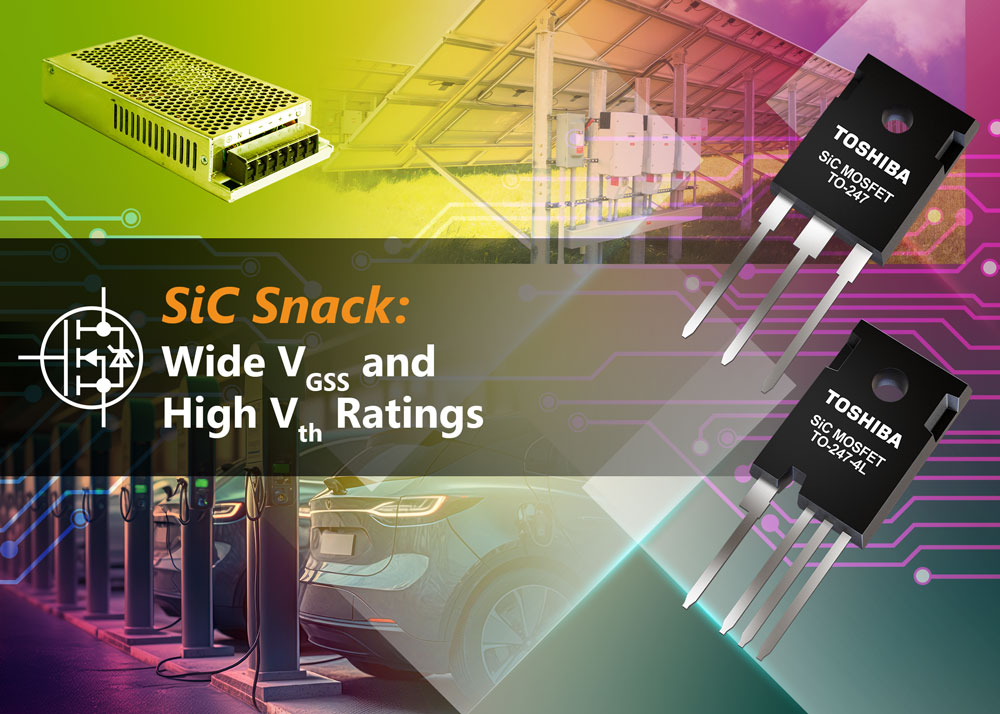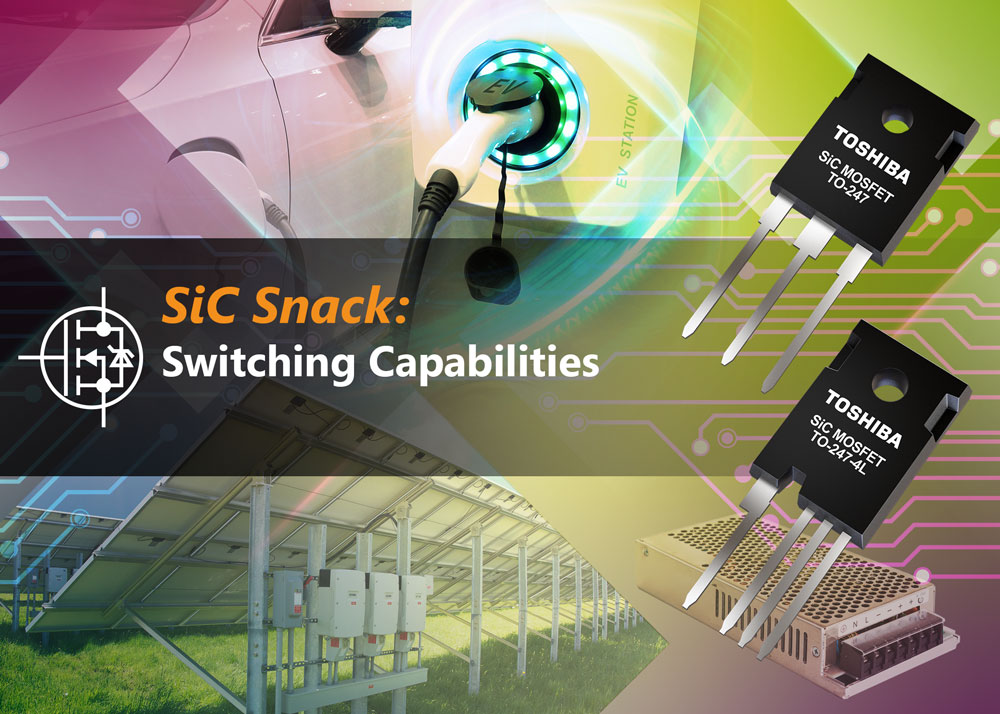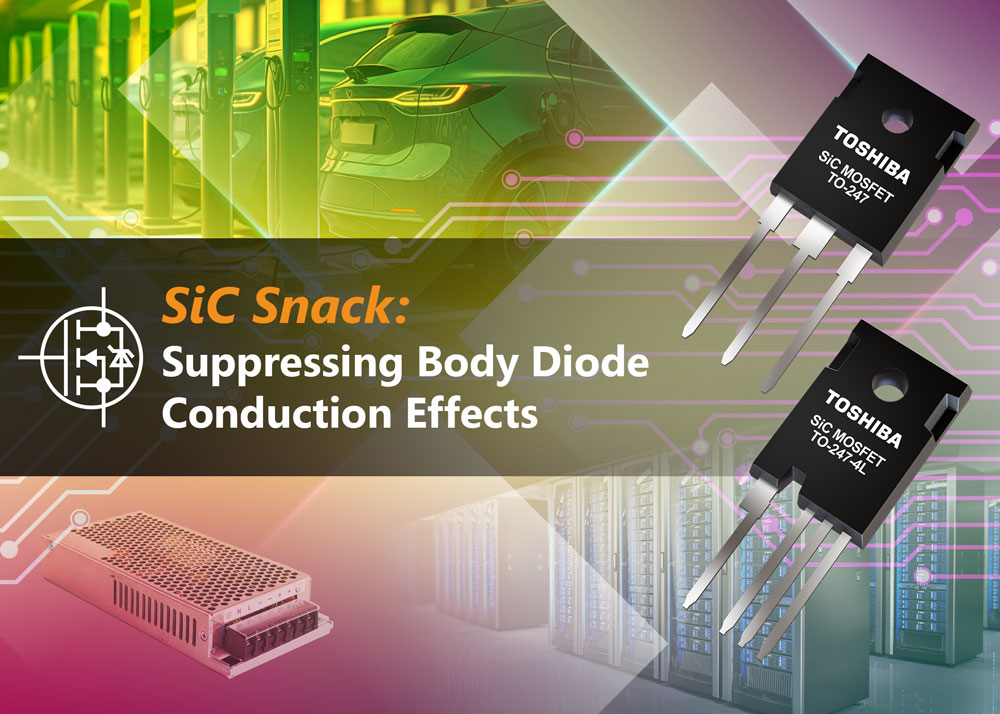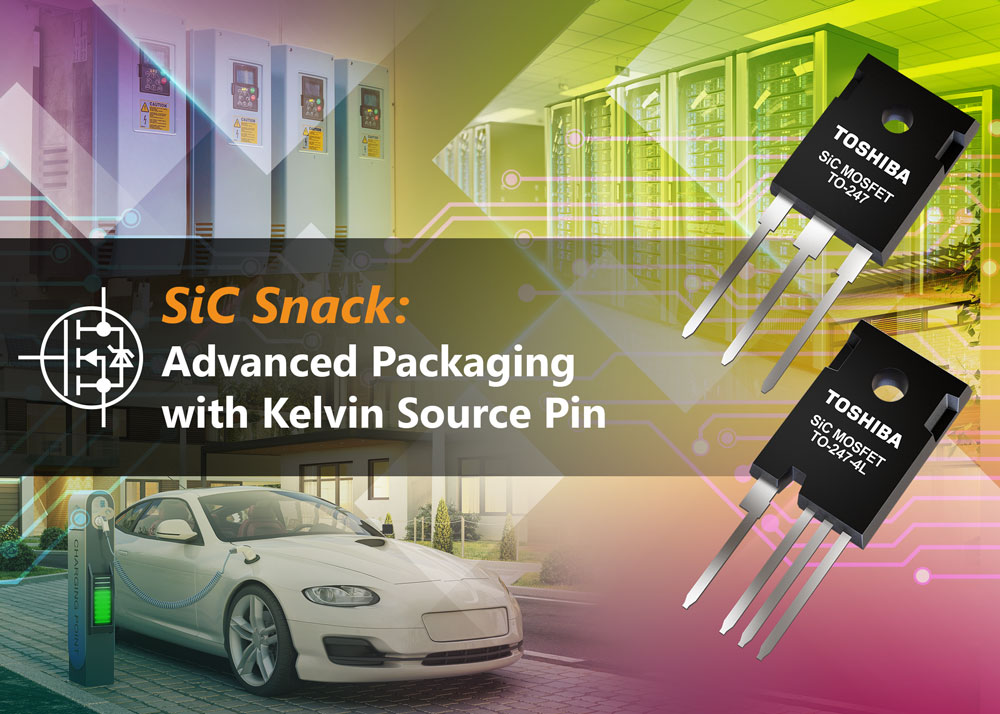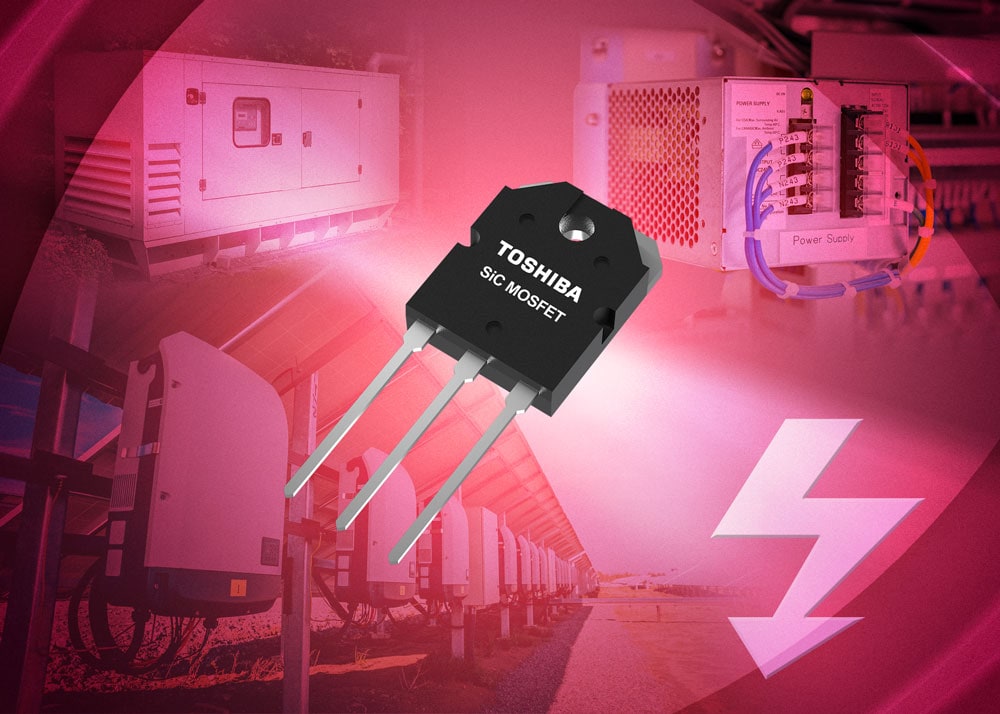- General Top
- SEMICONDUCTOR
- STORAGE
- COMPANY
-
My ToshibaSemicon
- Semiconductor Top
-
ApplicationsAutomotive
Body Electronics
xEV
In-Vehicle Infotainment
Advanced Driver-Assistance Systems (ADAS)
Chassis
IndustrialInfrastructure
BEMS/HEMS
Factory Automation
Commercial Equipment
Consumer/PersonalIoT Equipment
Healthcare
Wearable Device
Mobile
Computer Peripherals
-
ProductsAutomotive Devices
Discrete Semiconductor
Diodes
Transistors
Logic ICs
Analog Devices
Digital Devices
Wireless Devices
※
: Products list (parametric search)
Power SemiconductorsSiC Power Devices
※
: Products list (parametric search)
Isolators/Solid State RelaysPhotocouplers
Digital Isolators
Solid State Relays
Fiber Optic Transmitting Modules
※
: Products list (parametric search)
MOSFETsIGBTs/IEGTsBipolar Transistors※
: Products list (parametric search)
Diodes※
: Products list (parametric search)
MicrocontrollersMotor Driver ICsIntelligent Power ICs※
: Products list (parametric search)
Power Management ICsLinear ICs※
: Products list (parametric search)
General Purpose Logic ICsLinear Image SensorsOther Product ICsOther Product ICs
※
: Products list (parametric search)
-
Design & Development
Design & Development
Innovation Centre
At the Toshiba Innovation Centre we constantly strive to inspire you with our technologies and solutions. Discover how to place us at the heart of your innovations.
-
Knowledge
Knowledge
Highlighted Topics
Further Materials
Other
- Where To Buy
- Part Number & Keyword Search
- Cross Reference Search
- Parametric Search
- Stock Check & Purchase
This webpage doesn't work with Internet Explorer. Please use the latest version of Google Chrome, Microsoft Edge, Mozilla Firefox or Safari.
require 3 characters or more. Search for multiple part numbers fromhere.
The information presented in this cross reference is based on TOSHIBA's selection criteria and should be treated as a suggestion only. Please carefully review the latest versions of all relevant information on the TOSHIBA products, including without limitation data sheets and validate all operating parameters of the TOSHIBA products to ensure that the suggested TOSHIBA products are truly compatible with your design and application.Please note that this cross reference is based on TOSHIBA's estimate of compatibility with other manufacturers' products, based on other manufacturers' published data, at the time the data was collected.TOSHIBA is not responsible for any incorrect or incomplete information. Information is subject to change at any time without notice.
require 3 characters or more.
A modular method for high power charging design
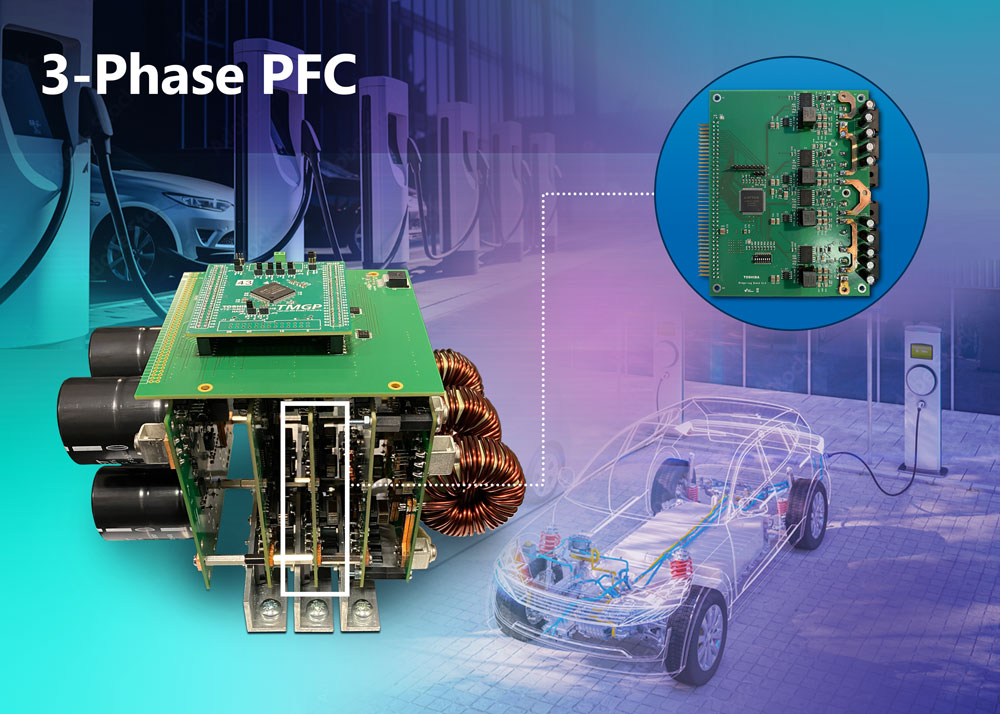
Technologies such as vehicle-to-grid (V2G) and vehicle-to-home (V2H) where the battery in an electric vehicle (EV) returns power to the grid at times of high demand, or simply powers a home in an emergency are bringing challenges to designers of vehicle chargers.
Instead of simply operating to transfer grid power to the vehicle battery via fast DC charging, they must now be able to move energy from the vehicle in the opposite direction.
Topologies that lend themselves to forming a bi-directional PFC and DC/DC converter are totem pole style PFC, dual-active bridge (DAB) and LLC converters. However, constructing a 22kW charger using these topologies can be a complex issue.
Examining the topologies, they all contain input inductors, single bridge legs and output capacitors which would allow a modular approach to design to be taken.
Leveraging this idea, Toshiba has developed a Modular EV Charger Reference Design Concept – known as their ‘SiC Cube’.
The SiC Cube comprises seven PCBs with the inner three being closely stacked power switches/bridge legs. Sandwiching these are the inductor and capacitor boards. On board high-power connections are made via copper current rails. Monitoring the analogue signals and providing digital control is performed by a microcontroller board that traverses the other five boards, with the final board being a backplane for connectivity.
Overall, the design targets a 22kW output for each SiC Cube, based upon Toshiba’s third generation SiC MOSFETs, aiming at power efficiency of up to 99%, and a power factor of 0.99. The compact and innovative construction should result in a power density of 3kW/dm3 within the 140 × 140 × 210mm form factor.
For very high power applications (such as fast DC EV chargers), multiple SiC Cubes can be combined in a parallel configuration to deliver power levels up to 150kW.
As the design is modular, individual boards can be reused in the design of other applications like DC/DC converters or inverters thereby saving development time and reducing design risk.
Toshiba’s detailed white paper describing their SiC Cube is available here:
Quickly discover the benefits of Toshiba SiC MOSFETs in bite sized SiC Snacks:
1. Wide VGSS ratings
2. Switching Capabilities
3. The RDS(ON) x Qgd figure of merit (FoM)
4. Suppressing Body Diode Conduction Effects
5. Advanced packaging with Kelvin source pin
Download the snack you're interested in, or download them all together.


